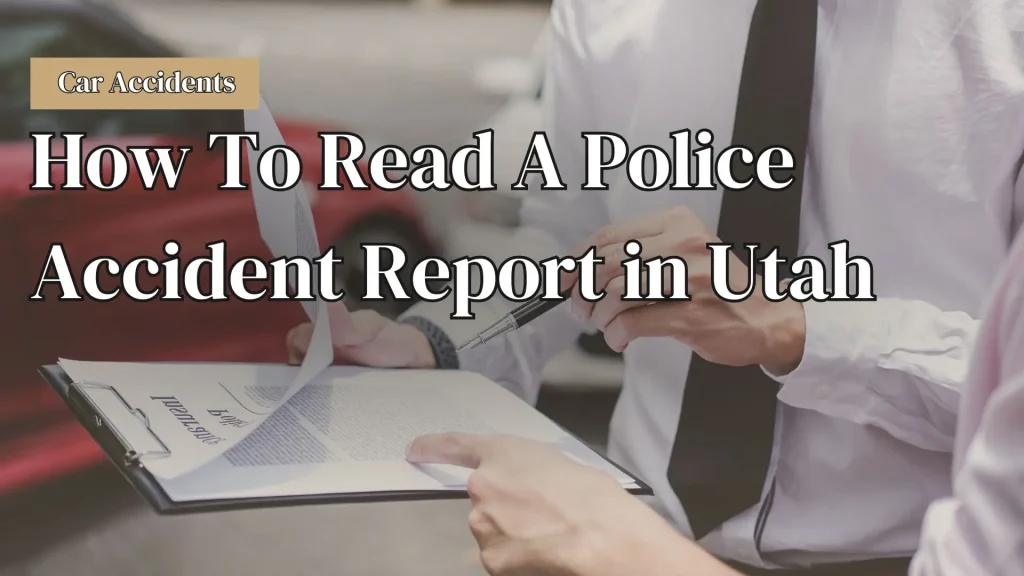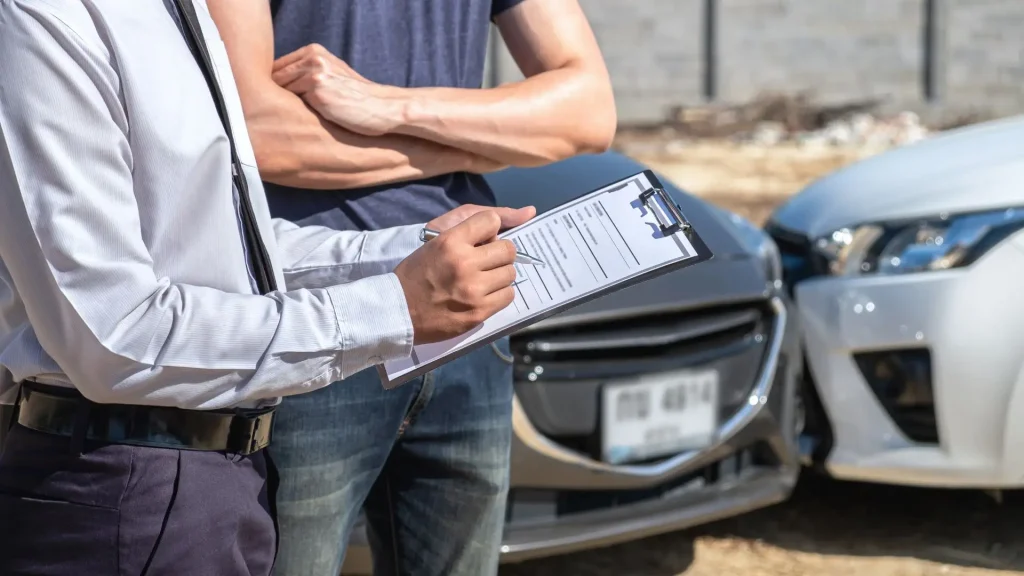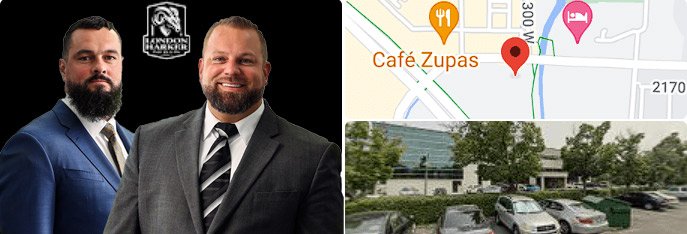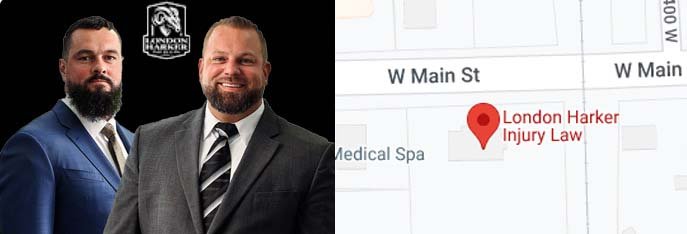Posted on Monday, July 1st, 2024 at 9:00 am

Being involved in a car accident is stressful. In the chaotic aftermath, dealing with insurance companies, medical bills, and potential legal issues can feel overwhelming. However, one document can be crucial in this challenging situation: the police accident report. In Utah, you have the right to obtain a copy of the accident report, and it’s essential to review the report to ensure accuracy. Then, you’ll want to give your Sandy, UT, car accident lawyer a copy. How do you read a police accident report in the first place?
This official record is not just a formality; it’s a vital piece of evidence that can significantly influence the outcome of your insurance claim for compensation. Protect your rights by learning how to read a police accident report.
Understanding the Importance of Your Police Report
To effectively read a police accident report, you must understand its importance. Your police accident report serves as a detailed account of the accident, providing valuable information you can use to:
- Establish Fault: The report helps determine who was responsible for the accident, which is crucial for insurance claims. The report may include details like whether anyone got a traffic citation, whether there were witnesses and their contact details, and the officer’s assessment of who was at fault.
- Identify Damage: The report details the extent of any visible property damage and injuries.
- Support Your Case: When negotiating with an insurance company, the accident report provides key evidence to support your claims. It serves as an official record of the accident, the parties involved, and the circumstances.
- Understand What Happened: By reviewing the report, you gain a clearer understanding of how the accident occurred, the factors that contributed to it, and the actions of all parties involved. This knowledge can be empowering, helping you make informed decisions about your next steps.
What to Expect in a Utah Police Accident Report
While each report is unique, you can typically expect to find the following types of information:
- Incident Information: The date and time of the accident, as well as the exact date and time, including street names, intersection details, or mile markers. This information established the context of the accident and verified other details. It is relevant for determining jurisdiction and applicable traffic laws.
- Vehicle and Driver Details: Names, addresses, driver’s license numbers, and insurance information for all drivers involved. This section also includes vehicle descriptions, including make, model, year, and license plate numbers. This information identifies all parties to the accident, and their insurance carriers.
- Occupant and Witness Information: Names and contact information for vehicle passengers and any witnesses who observed the accident. This information can be valuable for gathering additional evidence supporting your case. Witness statements can provide critical details that the investigating officer missed.
- Narrative Description: A detailed account of the accident written by the investigating officer. This includes observations from the scene of the accident, statements from drivers and witnesses, and any other relevant information gathered during the investigation. This provides a comprehensive overview of the officer’s understanding of the accident and can influence the determination of fault.
- Diagram of the Accident Scene: A visual representation of the accident location, showing the positions of vehicles before, during, and after the collision, along with road markings, traffic signs, and other environmental factors.
- Contributing Factors: Factors contributing to the accident may include driver behavior, vehicle malfunctions, and road or weather conditions at the time of the accident. Understanding these is crucial for identifying the accident’s causes.
- Citations and Charges: If any traffic violations were observed, the report will list any citations issued to drivers. Furthermore, these citations could potentially be used as evidence of negligence.
Reviewing Your Report: A Step-by-Step Guide

How do you explain an accident report? The first step is to thoroughly read each section of the report, paying attention to all the details. If you encounter any unclear terminology or abbreviations, don’t hesitate to ask for clarification from the investigating officer or a legal professional.
Afterward, carefully review the officer’s narrative description of the accident. Don’t assume that it’s correct just because it was written by a police officer. Then, compare it to your recollection of events and look for inconsistencies or omissions. Additionally, if you notice any discrepancies, document and discuss them with your attorney.
Double-check all information related to you and your vehicle to ensure accuracy. If you find any errors, report them immediately to the police department of the office who made the report. Incorrect information can negatively impact your insurance claim, so it’s crucial to have it corrected as soon as possible.
If there is a diagram, study it to visualize the accident scene and understand how the vehicles interacted. This can be particularly helpful in understanding the sequence of events and determining fault. The diagram can provide valuable insights that may not be evident in the narrative description alone.
Pay close attention to the listed contributing factors. If you disagree with any of them, gather evidence to support your position and discuss it with your attorney. It’s important to challenge any inaccurate or incomplete information in the report that could affect your claim or legal case. Your lawyer will know how to contact the police department to advise them of any erroneous information in the report.
If you receive citations, they can affect your insurance rates and may have legal consequences, in addition to potentially reducing any compensation you could obtain from a claim against the at-fault party.
London Harker Injury Law Knows Utah Auto Accident Law
At London Harker Injury Law, we have a team of BYU-educated attorneys who know auto accident law. We review your report, explain your options, and advocate for your best interests. We gather essential evidence such as 911 calls, police reports, car accident photographs, witness statements, and police radio logs. If needed, we also secure dash cam videos, in-car audio, and body camera footage. Trust our firm to build a solid case and help you with your case.
If you were injured in a car crash caused by someone else, call London Harker Injury Law today at 77CARCRASH or contact us online for a free consultation with our dedicated Utah car accident lawyers.



